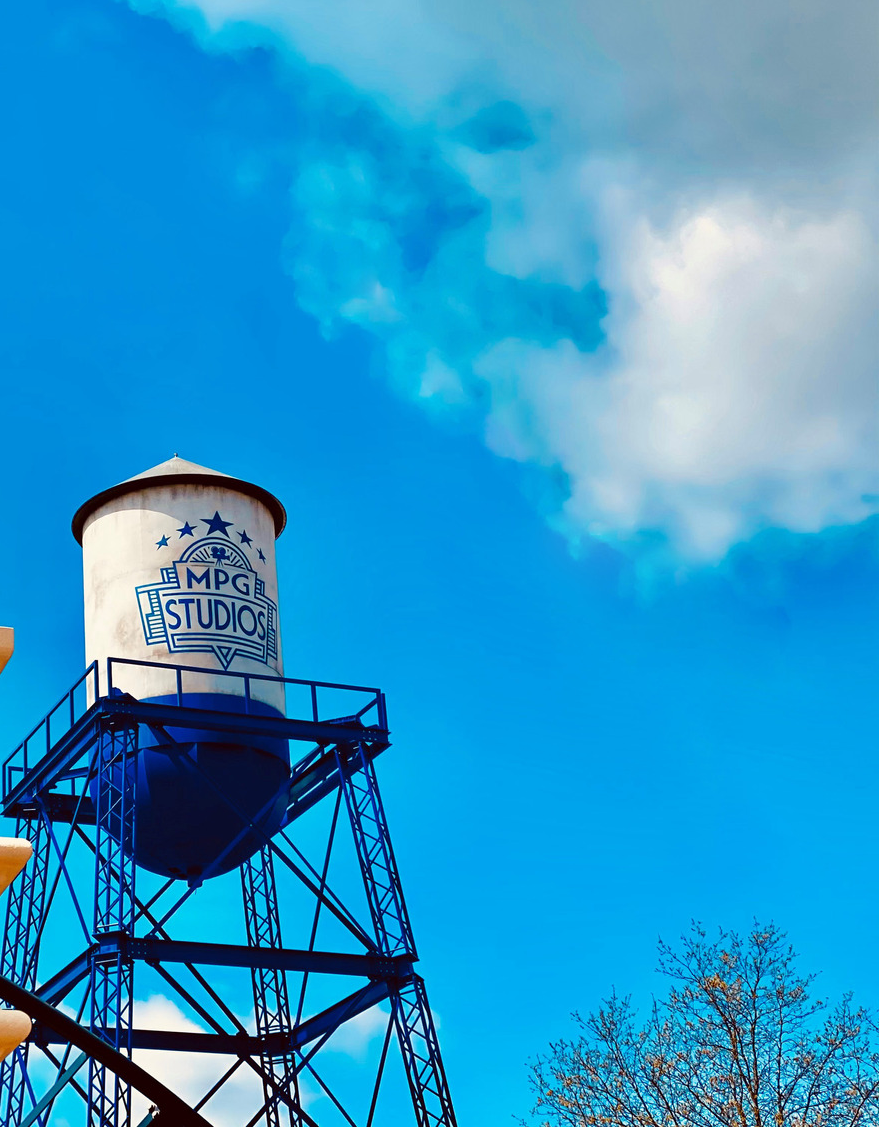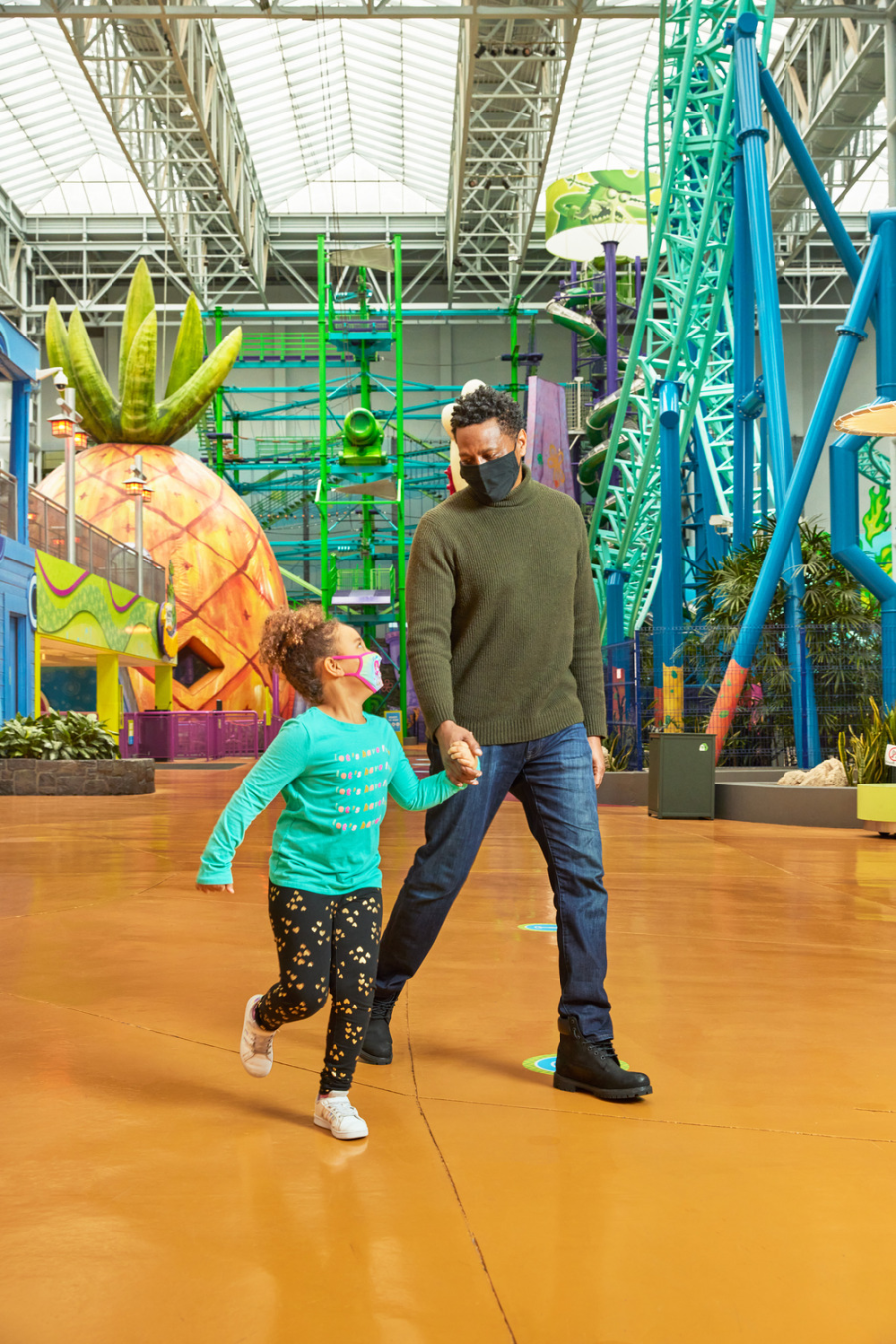How to Protect and Manage a Brand

When Movie Park Germany created its new ride “Movie Park Studio Tour,” it also helped transfer the park brand to a large Intamin roller coaster. “Since we’ve already themed several rides with intellectual properties (IPs), the next logical consequence was to establish our own brand as an IP for a stand-alone ride,” explains Manuel Prossotowicz, the park’s director of marketing and sales and director of brand development.
Movie Park Germany placed its generic corporate park design on the ride to create a high-recognition value. The entrance gate bears the park name in brand typeface. The ride itself adapts the brand’s color spectrum, as well as an orchestral interpretation of its corporate sound design from its TV and radio spots.
“This is the culmination of a consistent brand development project that turns the brand into a live experience for guests in the form of a ride,” says Prossotowicz.
Similarly, Ted Molter understands how a brand develops and evolves. As the former chief marketing officer at San Diego Zoo Global, Molter helped transition the attraction into the San Diego Zoo Wildlife Alliance. As societal issues changed over the years and people became more conscious about animal welfare, zoos had to overcome a stigma.
“Zoos embraced a social responsibility,” says Molter. “Ultimately, we realized we really wanted to be a conservation organization first that runs two zoos—places where people can interact with animals,” explains Molter. “But the bigger mission and vision had to do with conservation and saving endangered species around the world.”
Regardless of an attraction’s size or mission, it’s vital to manage the brand. “More of our guests’ journey with our brand is starting earlier and online to preplan their future experience,” says Grant Buntje, vice president of marketing for Mall of America, which owns and operates Nickelodeon Universe in Bloomington, Minnesota. “It’s important no matter where they are in their customer journey that the presence of fun and excitement at the core of our brand is prominent across all channels.”
How can attractions best manage their brand?
Start with Values, Mission, and Vision
Even if a company hasn’t formalized these principles, the attraction means something to guests already, Molter points out. “Identify what that is, become very clear, then deliver on what you’re doing and why,” he says, noting how this provides a brand road map. “Those become elements in developing the branding—your history, your story. But they should also include your strategic plan.”

Identify What Makes the Attraction Unique
“You can’t be everything to everybody, so don’t try,” advises Molter. Be genuine. Tap into the attraction’s sense of place and what it means to others. Then put a framework around this and develop guidelines to help steward the brand.
With a competitive market in Germany—over 100 parks and leisure facilities—Movie Park Germany must clearly distinguish its brand and position it appropriately. “In-depth, precise knowledge of our target group and differentiation from the competition with a clear USP (unique selling proposition) are the keys to successful brand positioning,” says Prossotowicz.
Understand the Brand Belongs To Everyone
“The brand won’t matter to anyone if it doesn’t matter to everyone,” stresses Molter, noting this includes guests, employees, shareholders, partners, and sponsors. “Regardless of what you think your brand is, the true brand is what lives in the hearts and minds of all the audiences that interact with it.”
Buntje agrees, stating, “It’s important that we’re not just telling guests our brand values but rather amplifying the voices of our guests and partners who align with those values.”
How does everyone get on board?
For employees, it starts from the moment they’re hired, then carried through with training. “You’re really trying to qualify people as future brand ambassadors,” says Molter.
“For guests, that might be communicating on your website the park’s expectations about guest demeanor and behavior,” says Ron Gustafson, director of marketing and public relations at Quassy Amusement & Waterpark in Middlebury, Connecticut. He cites examples such as prohibiting off-color language or inappropriate clothing on property.
Be Consistent
The need for consistency courses through everything attractions do, from messaging and behavior to uniforms and interactions. “Image building and authenticity are the most important aspects to reach the target audience,” explains Prossotowicz. “Movie Park Germany considers itself a family park and cultivates open communication and a personal connection with its target audience,” he says. This can happen through direct contact (think social media engagements and phone calls) and subliminal ways (such as press releases and flyers).
Buntje says attractions must balance the need for consistency with the understanding that guest expectations are changing—brands need breathing room to evolve with these expectations.
Evaluate Brand Standards
It’s hard for attractions to know how they’re doing if they don’t measure their efforts, advises Molter. The San Diego Zoo conducted a “secret shopper” initiative that provided objective scores on processes such as making phone reservations and buying a membership. The point system evaluated everything from how shoppers were greeted on the phone to whether the zoo’s key messages were mentioned. “It’s good to do evaluations,” he says, “but it’s no good if you don’t teach people how to deliver the brand standards.”
Create and Communicate a Brand Style Guide
When developing the tangible brand elements (like a logo), Buntje emphasizes the importance of understanding the why behind the design. “That will guide you on how the brand can flex for new channels,” he says. “Create a style guide and look at it as a living document versus something that can’t evolve with your brand. Use this as your North Star.”
“Of course, style guides and color palettes are indispensable, but the language on the website is also key,” adds Prossotowicz. “How do I address the guests—do I incorporate the DNA of my park into the language used?”
Also, empower others to protect your brand. Gustafson suggests creating a media page for journalists to access approved colors, logos, press releases, and photos.
The bottom line? The branding becomes a symbol of all these elements, serving as a shorthand to communicate the attraction’s story. “A lot of people think a brand is a logo,” explains Molter. “In my mind, the logo is the very last step.”
Lisa Beach is an Orlando-based freelance journalist, copywriter, and content marketing writer.
